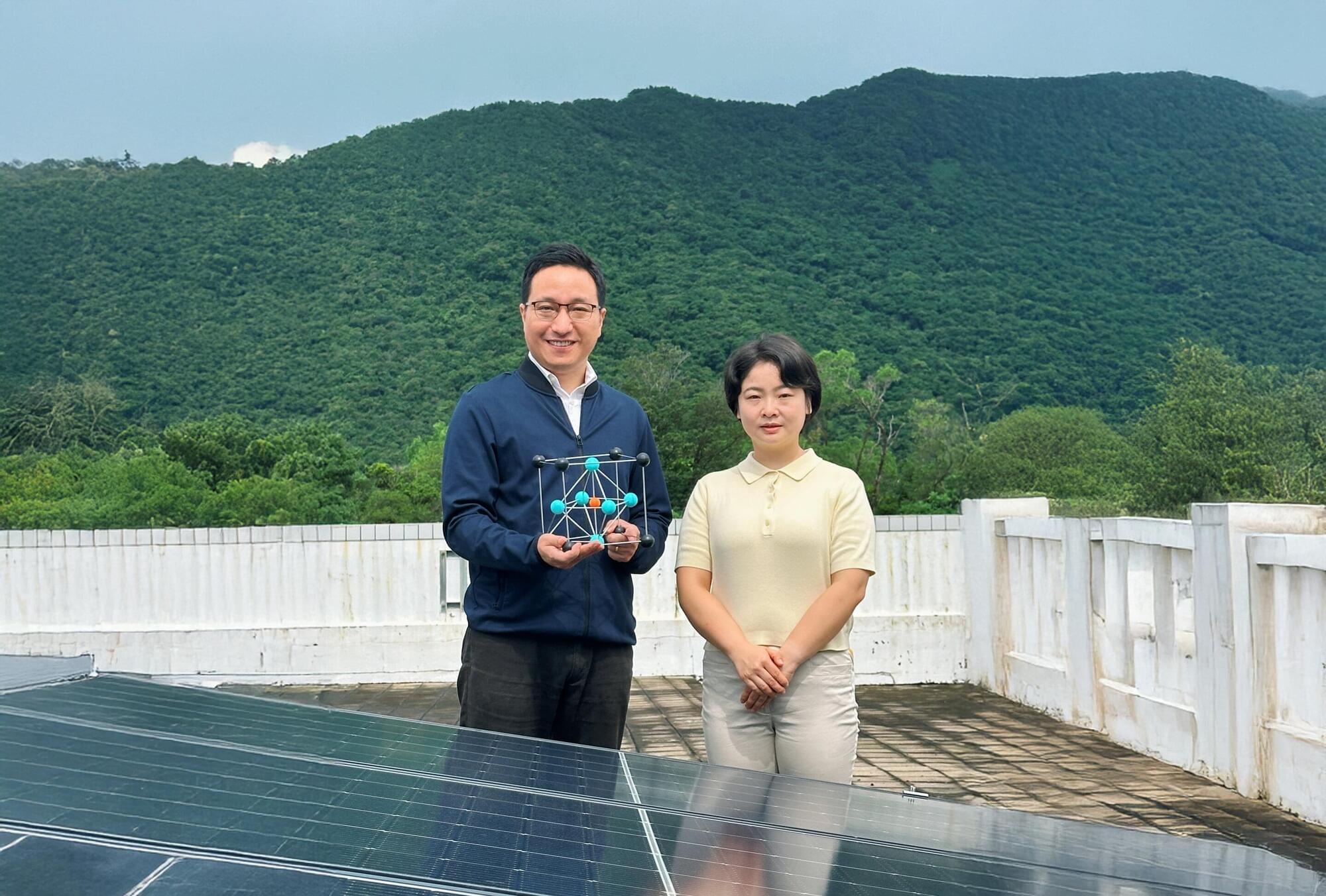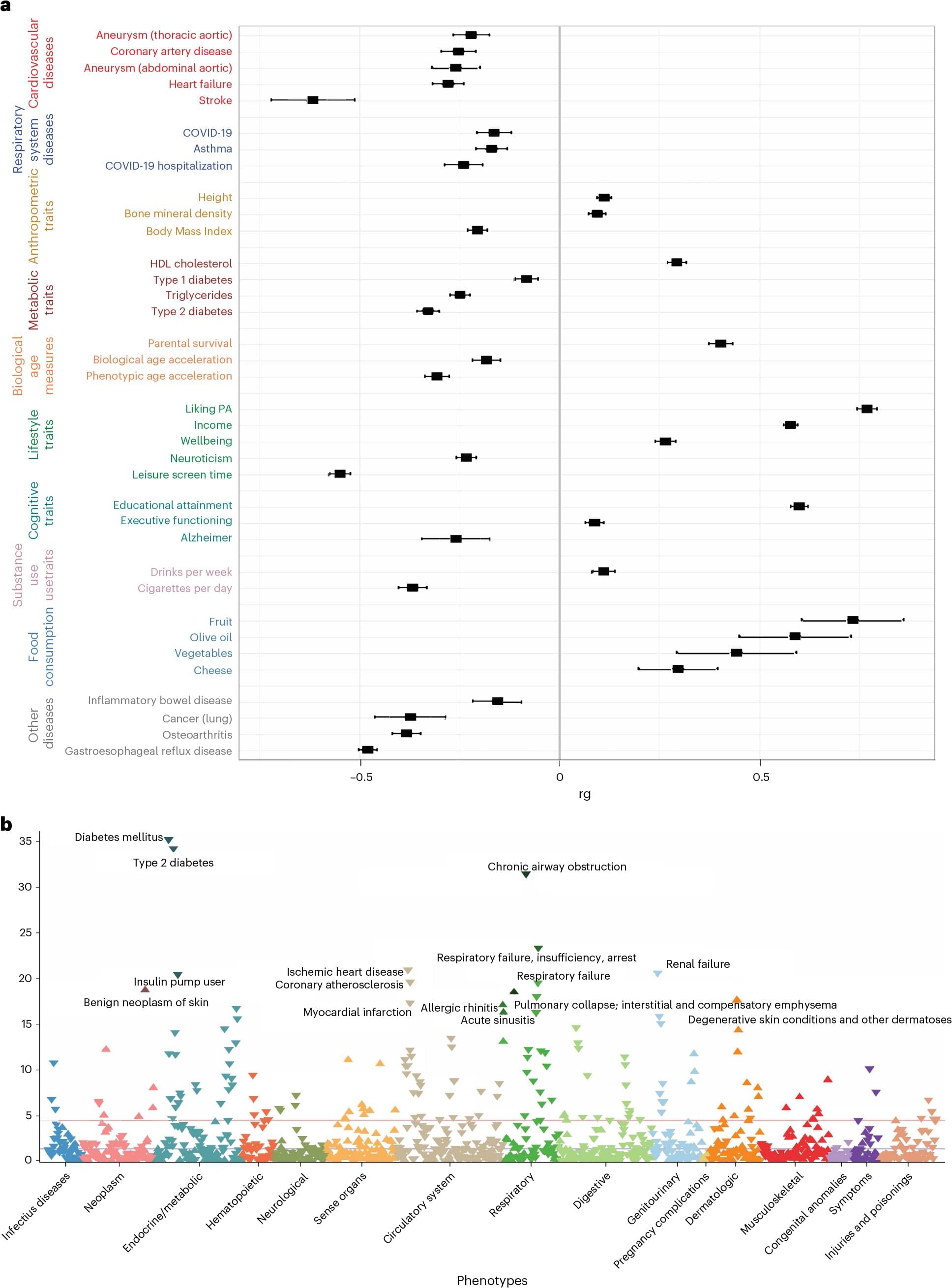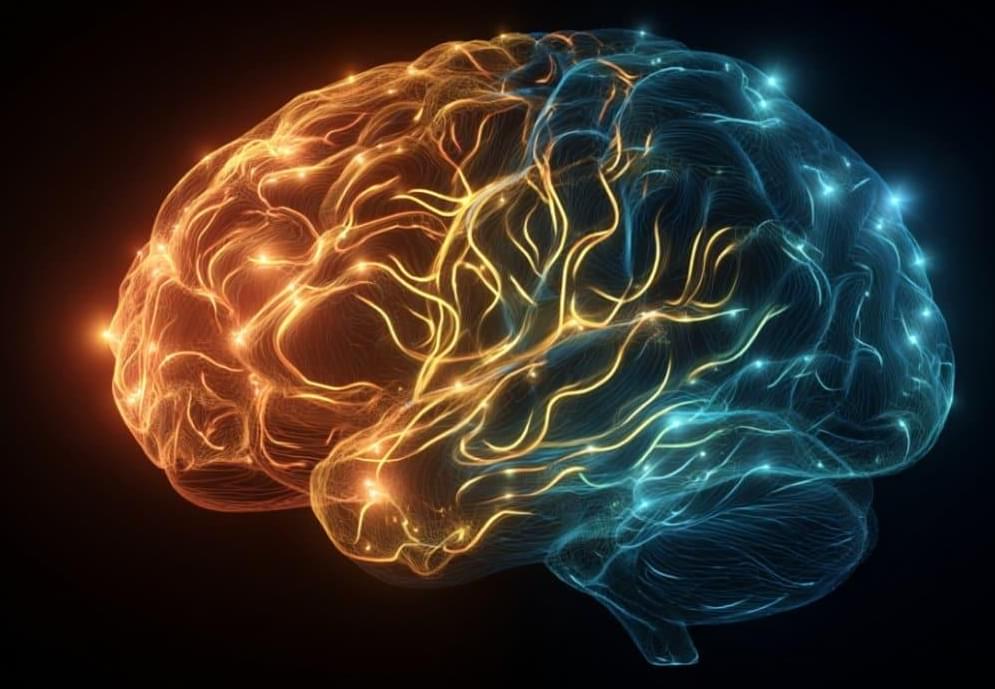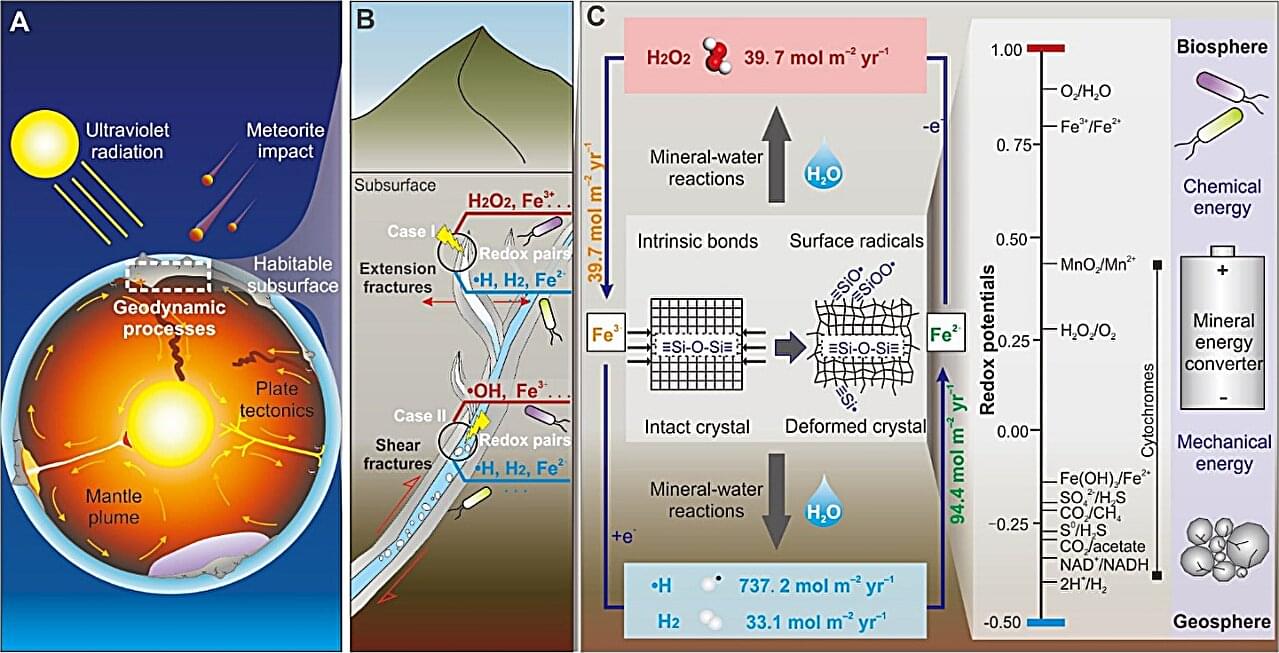The Chinese military is building sophisticated biological weapons and small-scale electronic tools made with nanotechnology that could be used in covert warfare, a major study warns.
“China’s invisible arsenals encompass a range of advanced weaponry that are distinctly focused on providing the Chinese Communist Party with a range of asymmetric warfare options, including the delivery of biological, biochemical and neurobiological weapons on target populations,” according to a report by three open-source intelligence analysts.
The People’s Liberation Army, or PLA, is developing nanoweapons using highly sophisticated microscopic materials that enhance the effects of biological weapons, according to the report, titled “In the Shadows of Science: Unravelling China’s Invisible Arsenals of Nanoweapons.” It was made public earlier this month.









